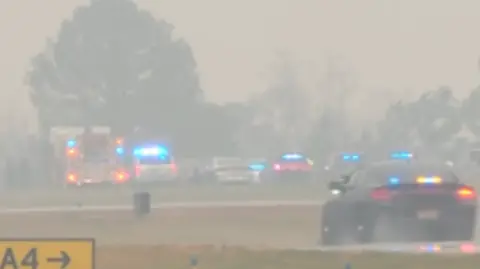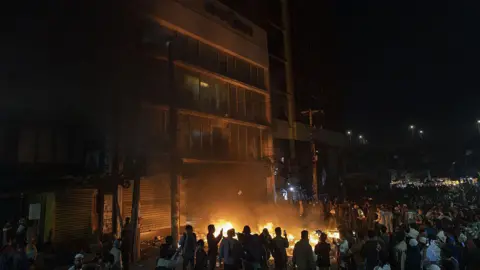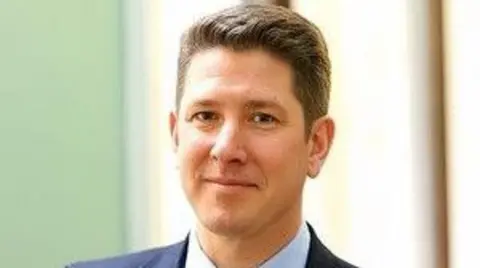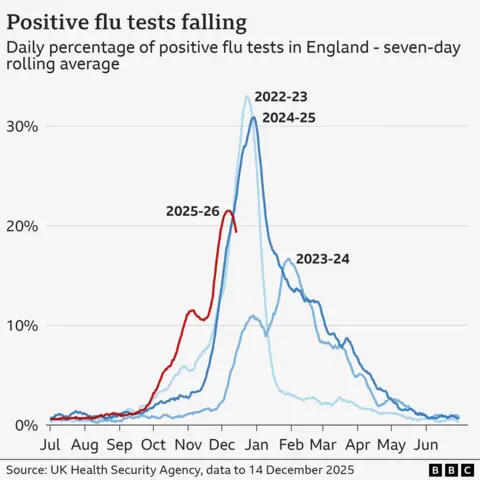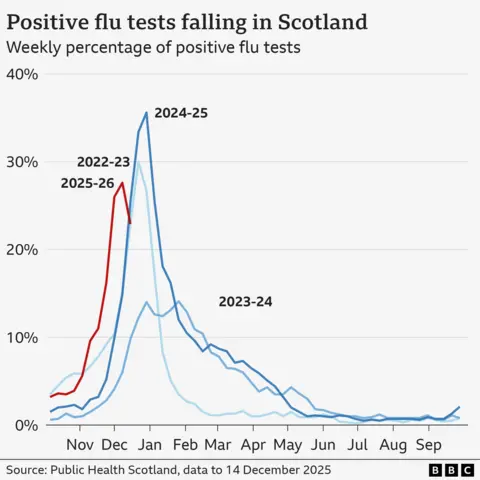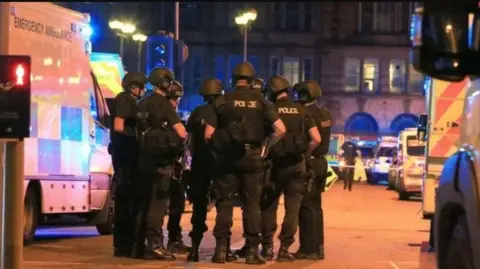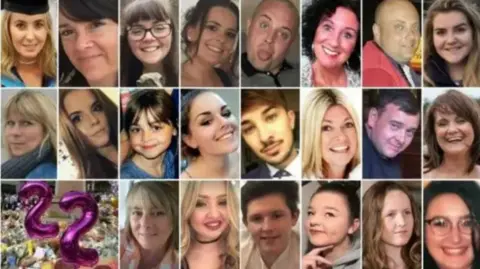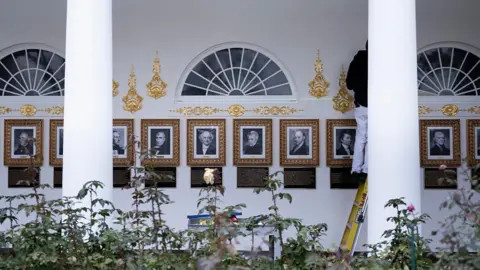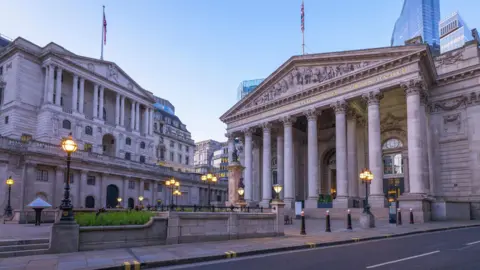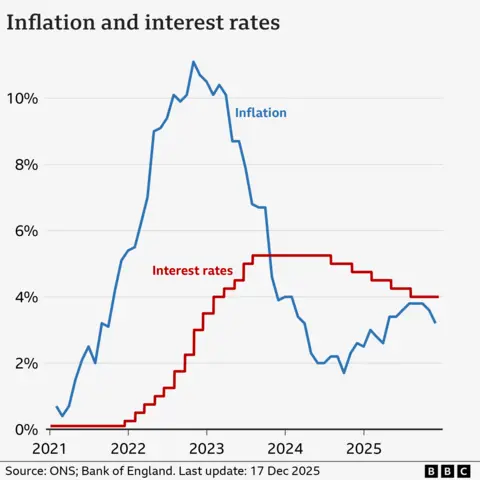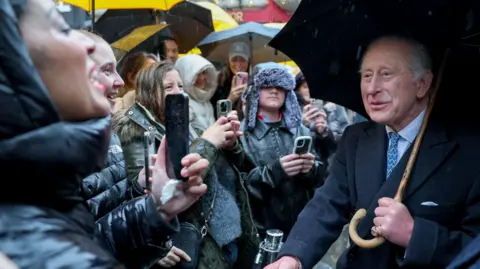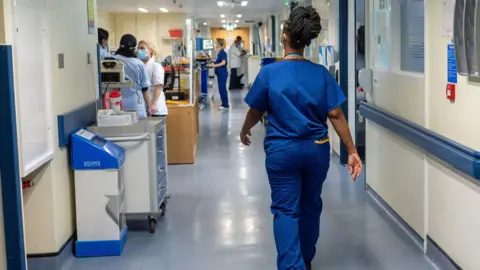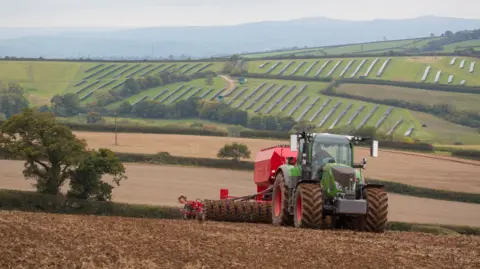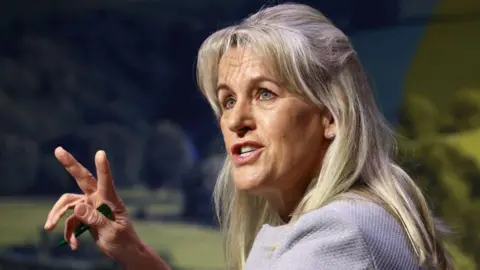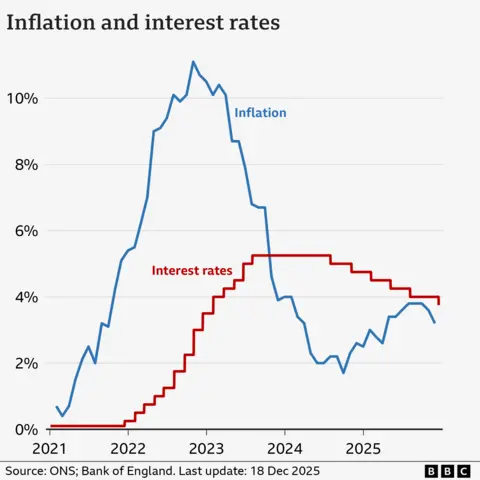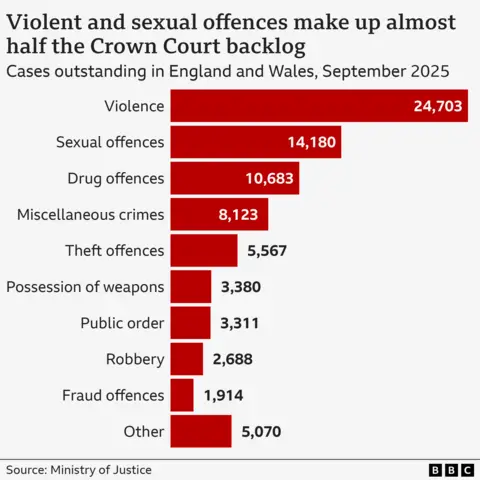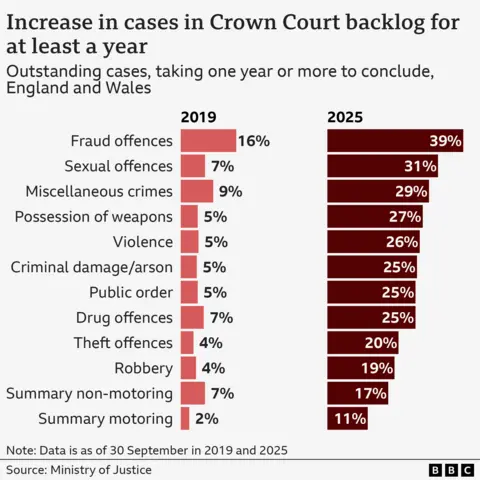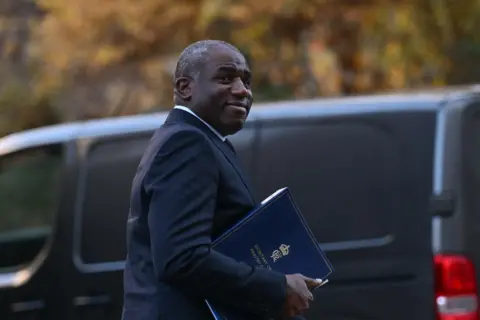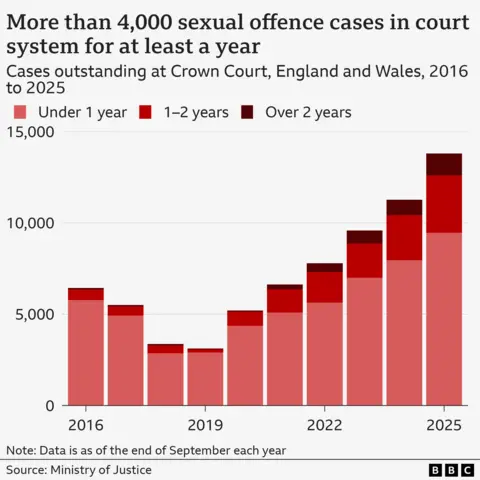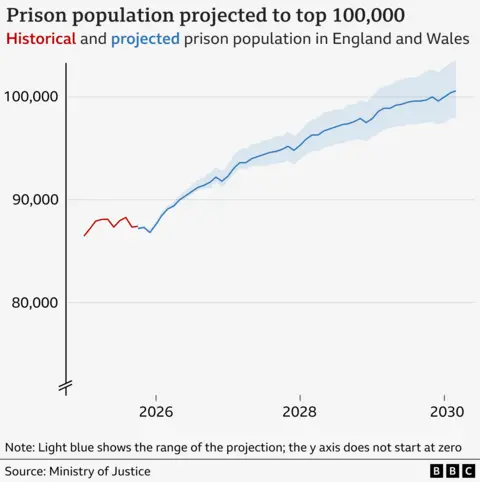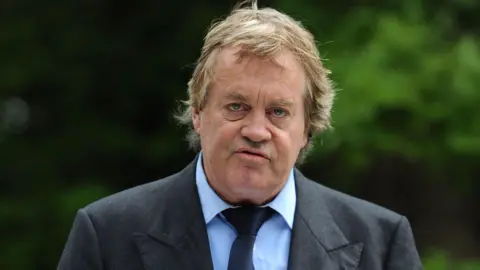Golfer Rory McIlroy wins Sports Personality of the Year
McIlroy wins Sports Personality of the Year 2025
To play this video you need to enable JavaScript in your browser.
This video can not be played
Rory McIlroy crowned Sports Personality of the Year
- Published
Golfer Rory McIlroy has been voted BBC Sports Personality of the Year 2025 after clinching the career Grand Slam and playing a key role in Europe's Ryder Cup win.
The 36-year-old Northern Irishman achieved golfing immortality in April when he won the Masters at Augusta National to complete the set of all four major trophies.
He became just the sixth man - and first European - to achieve the Slam, joining Americans Gene Sarazen, Ben Hogan, Jack Nicklaus and Tiger Woods, and South Africa's Gary Player, in accomplishing the feat.
Having won the US Open, The Open and US PGA Championship by 2014, McIlroy had to wait another 11 years to make his "dreams come true".
He then played a key role in Europe's first Ryder Cup win in the United States since 2012, contributing three-and-a-half points to his team's triumph.
McIlroy also delighted his home crowd by winning the Irish Open for a second time, with further successes at the Players Championship and the AT&T Pebble Beach Pro-Am, before topping off a stellar year with his seventh Race to Dubai title.
"Wow. First of all, I would like to congratulate all of the other finalists. I know how much hard work and dedication it takes, so it is a pleasure to just be in this room. I feel truly honoured to just be a part of it," McIlroy said after receiving the award.
"2025 has been the year I made my dreams come true. From Augusta to the Ryder Cup and everything in between. It's the year dreams are made of."
England rugby union player Ellie Kildunne came second, with Formula 1 driver Lando Norris in third.
England forward Chloe Kelly, Lionesses goalkeeper Hannah Hampton and darts player Luke Littler were also shortlisted for the award by a panel of experts, with the winner decided by a public vote.
McIlroy is just the third golfer to win Sports Personality, after Dai Rees in 1957 and Nick Faldo in 1989.
The Holywood-born McIlroy is the third Northern Irishman to win the award, following boxer Barry McGuigan in 1985 and jockey Sir AP McCoy in 2010.
"I have a lot of people to thank. Firstly, the public, my family, my mum and my dad. They sacrificed so much for me. I wouldn't be here without them, so thank you," McIlroy said.
"My wife Erica and my daughter Poppy, they are what holds me together. My rock. They couldn't be here tonight but I can't wait to get back tomorrow and celebrate this with them. I love you.
"And to the BBC for hosting these awards. It has always been something growing up that I watched on TV.
"It was always a big part of the run-up to Christmas, so I am very honoured to get my hands on this trophy.
"Hopefully I can challenge to get it again next year."
Team Europe were voted the Team of the Year on Thursday after their Ryder Cup success, seeing off competition from England's Euro 2025-winning women's football team and England's Women's Rugby World Cup champions.
- Image source, Getty Images

Image caption, Rory McIlroy won his first Masters title to become the sixth man to complete the career Grand Slam
1 of 5
The year McIlroy's dreams came true
McIlroy's long wait to complete a career Grand Slam could not have concluded in a more dramatic fashion.
Having let a four-shot lead slip at the 2011 Masters, history threatened to repeat itself in April.
He held a two-shot lead going into the final round this time around, but memories of recent near-misses came flooding back when his advantage was wiped out on the first with a double bogey.
Three birdies in seven holes gave McIlroy a four-shot lead going into the back nine before he dropped four shots in as many holes from the 11th.
However, the drama was far from finished.
Having missed a putt in regulation to get his hands on the coveted green jacket, McIlroy was taken to a sudden-death play-off after his Ryder Cup team-mate Justin Rose birdied six of his final eight holes.
With the agony of past heartbreak flooding back, McIlroy held his nerve to birdie the first play-off hole and win his first Masters.
McIlroy let out a huge roar before collapsing to the ground and weeping tears of joy at the end of an extraordinary day of sporting theatre.
"A lot of pent-up emotion came out on the 18th green. A moment like that makes all the years and all the close calls worth it," said McIlroy.
At the Ryder Cup, McIlroy contributed three-and-a-half points from five matches as Europe won on American soil for the first time in 13 years.
The 36-year-old bore the brunt of verbal abuse from a hostile crowd throughout the event at Bethpage Black in New York - and hit out at "unacceptable and abusive behaviour" after his wife Erica was hit by a drink thrown by an American fan.
Having won six times in his eight Ryder Cup appearances, the world number two is being tipped to captain the side in the future.
"I would love to be the European team captain at some point," said McIlroy.
"But that will be when I'm not good enough to make the team, or I make way for the new generation to come along."





